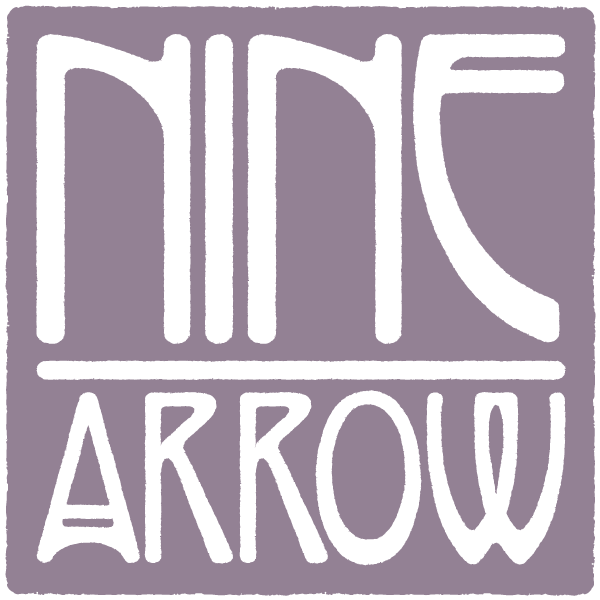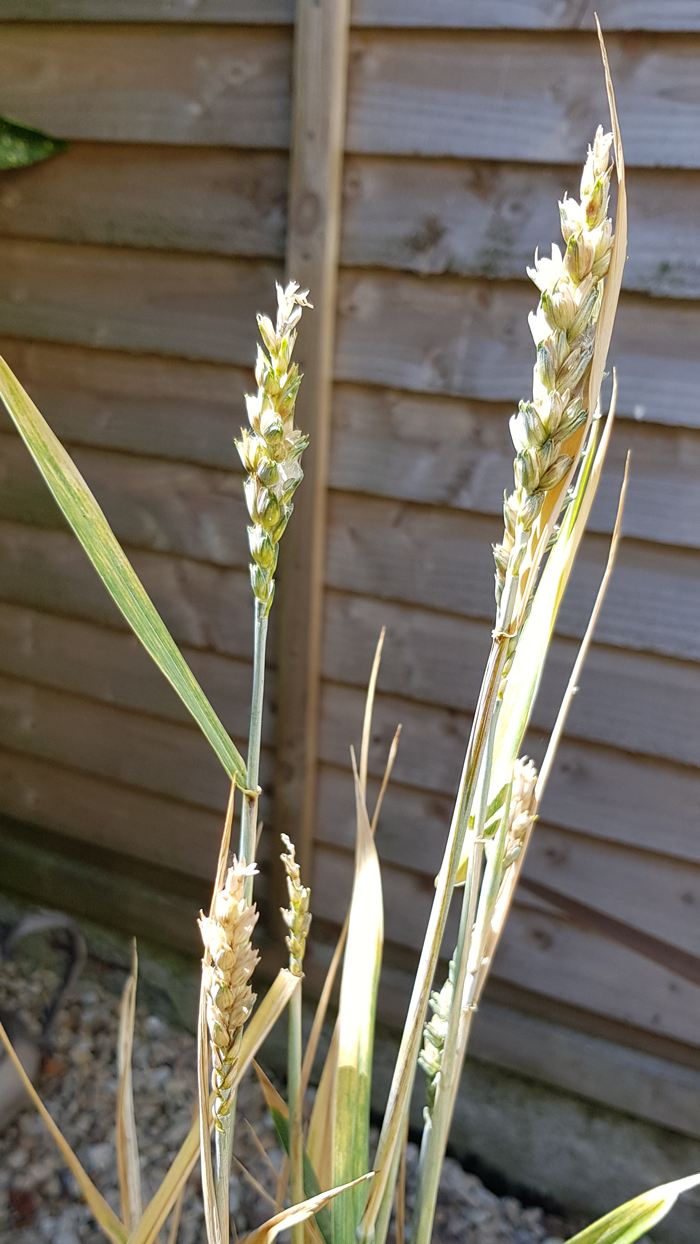Festival of Lúnasa / Lughnasa / Lughnasadh
Lúnasa is the modern Irish spelling for August and the time of year to celebrate the harvest. This festival marks the point about halfway between the Summer solstice and the Autumn equinox. Traditionally it's the time of year to celebrate the year's yield of grain and summer fruits and vegetables. For me I take this time to think about how I’ve grown within myself throughout the year so far. Here are 3 of my favourite things related to Lúnasa.
Lugh
The word Lughnasa comes from the old Irish god Lugh. Let me paint a picture, his spear the Gae Assail once thrown would return on his command, he wielded Fragarach the sword of the sea god Manannán and rode Aenbharr a horse that could travel across both land and sea, and had an invincible battle hound named Failinis. Not bad! And to add to that he was a god of fire and/or the sun.
Lugh is the son of Cian, a member of the Tuatha Dé Danann, and Ethniu (Ethliu) a member of the Formorians. These two mythical clans fought bitterly and there are many stories around these battles, particularly with Balor of the Evil eye, who happens to be Lugh’s grandfather.
Lugh is a complex god in the sense he represents the old gods (the Fomorians) merging with new ones (the Tuatha Dé Danann) both in lineage and ability. There are numerous references to Balor’s evil eye being like a ‘scorching sun’. (check out the book, Land of the rising sun’) And when Lugh defeats Balor in the Battle of Mag Tuired, he overtakes him and becomes the new sun god. A title Lugh has seemed to hold onto to this day in Ireland. He features throughout Irish mythology, most notably as the father of the hero Cú Chulainn.
A festival in his honour this time of year makes perfect sense as the sun is out for long stretches in the evening and its early rise makes for a safer work environment for harvest season.
Tailteann Games
“Hundreds of years before any of these roads were made there was a road of Tara through this district.
This road came through a town in the Lorgan where a chieftain lived. The western clans came to this town and and gathered there and marched to Tara to the Tailteann Games.” dúchas.ie
Teltown in county Meath, is named after the Irish goddess Tailtiu where the Tailteann games and fair were held. Archaeological evidence shows fairs were held here from Medieval times to modern times. The goddess Tailtiu was said to be Lugh’s foster mother and she died of exhaustion clearing the plains of Ireland for agriculture. In her honor Lugh created the Tailteann games. The etymology of her name suggests the story came after the place name, so it's possible this festival was created to celebrate all the hard work people put into the land throughout the year.
This particular festival was filled with displays of strength and skill., like sword fighting, boxing, archery, spear throwing, hurling and much more. I’m reminded of the fighting festivals in Japan that happen towards the end of the hot summer, perhaps the same thought process happened here, to use the festival as a way to get out the agitation and stiffness of months of hard labor. These games must have been a huge excitement in people’s calendar.
Taillten marriages’ or trial marriages also took place during the festival. This custom which was upheld by Brehon law and allowed new couples to marry and give them up to a year and a day to decide if they would stay married. If they chose not to remain married they divorced on the hills of separation (Where is that? ;) ). This remained legal up until the 13th century.
The Tailteann games have seen many revivals and representations throughout Irish history and I really recommend some of the resources attached in the links here to learn more.
https://www.theirishstory.com/2011/02/23/the-tailteann-games-1924-1936/
https://en.wikipedia.org/wiki/Tailteann_Games_(ancient)#cite_note-24
Crom Cruach
Crom in Irish means bowed or stooped over while cruach can refer to a stack of corn, or stack of hay (stacks of anything it seems, even money! Cruach airigid / stack of money)
The first Sunday in August (or the last in July depending on where you look) is called Domhnach Crom Dubh by many people in Ireland. This Crom is referring to Crom Cruach ‘the stooped one’ a pre-christian god that may have been a fertility or harvest god or a bit of everything. Most Christian writing about Crom isn't very nice as I'm sure you can imagine, re-brands are often pretty tough on the former style of doing things. St Patrick was said to have defeated Crom Cruach, along with all the evil spirits and snakes, on the top of what is now called Crogh Patrick. Archaeological evidence has now shown the mountain was possibly a sacred site as far back as the pre-Celtic Neolithic people in Ireland, around 3000 years before Patrick.
“Crum Dubh was the dominant deity, the ruler of the elements, as might be expected from a god inhabiting a formidable mountain, overlooking one of the world’s great oceans.” - The Irish Times
Crom stooped over image or the Cruach part referring to stacks of things lines up nicely with Lugh and the harvest season, and was most likely worshiped at this time of year through pilgrimages up Croagh Patrick. Mountains are often seen as liminal spaces or boundary points bewteen this world and the unseen world. These kinds of spaces in Ireland have remained steeped in folk tradition and superstitious magic. For some, bringing a pebble home from the peak of the mountain was suppose to keep away rats! Al thought now we all know to leave the pebbles where they are otherwise there’d be no mountains to enjoy ;)
SIDENOTE
This is incredible and I only found this out researching for this blog post!
The Boheh stone (also known as St Patrick’s chair) is an example of neolithic rock art, with the carvings dated to about 3800 BC, in county Mayo. The “rolling sun” was re-discovered by archaeologist Gerry Bracken. On April 18th and August 24th from the vantage point of the Boheh stone you can see as the sun sets, it seems to roll down along the line of Croagh Patrick and set at the summit. Check out the link to see what I mean. It looks spectacular!
Mystery Grain growing in my garden
This year I’ve put a lot of myself into my little patch of garden here in Dublin city. I honestly squandered the large grassy spaces of my childhood, I really appreciate them now! Since January I’ve been planting seeds in pots to grow my garden into a little jungle of bee friendly plants.
One surprise arrival was something that looks like wheat or barley, mostly likely planted by my friendly neighborhood birds. This little crop makes me so happy! They fit into the theme of Lúnasa perfectly. I might not cut them back but I will be harvesting the seeds to plant more for next year.
Flowers in my garden ‘as Gaeilge’
Poipín dearg agus oráiste - Red and Orange poppys
lus gormáin gorm agus bán dearg -Blue and Pink cornflowers
borráiste gorm - Borrage
gleorán - nasturtium
pis chumhra - sweet pea
crobh fola - geranium
líon dearg - red flax


